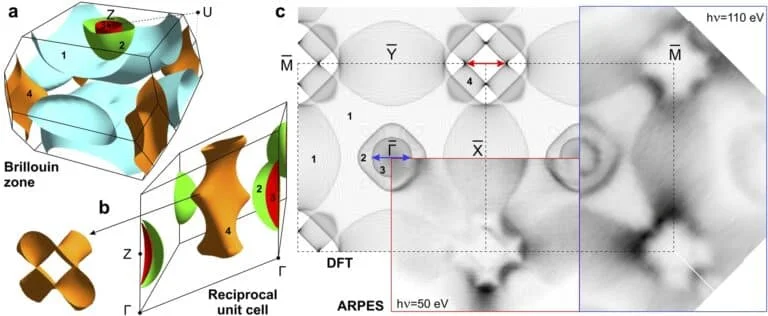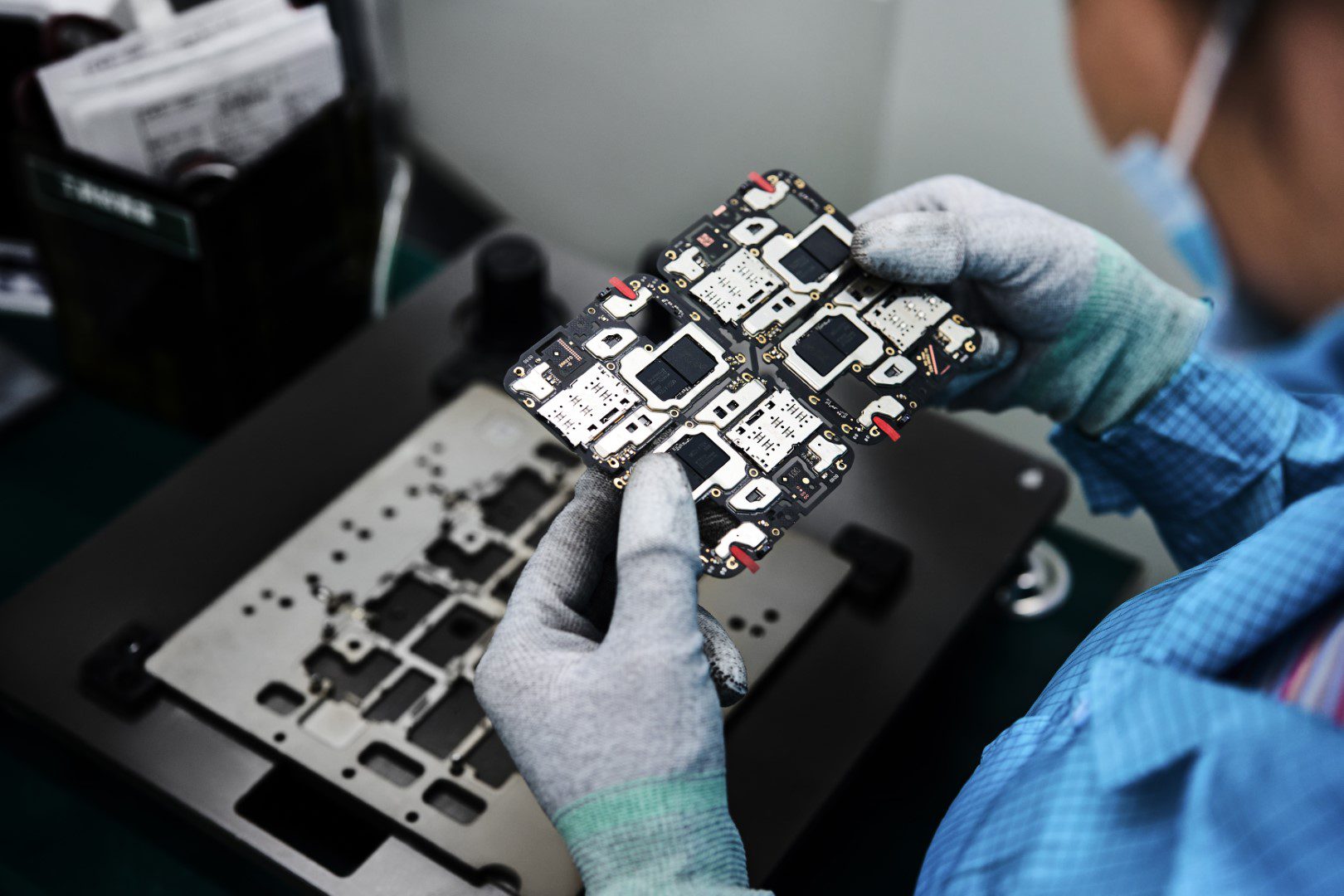An international team of physicists studied the energy structure of the helical antiferromagnet GdRu2Si2. New features have been discovered that will enable the improvement of devices using magnetic memory.
The study was published in the journal Nanoscale Advances. Hundreds of petabytes of data are created and collected every year that must be stored somewhere on the planet. Devices such as HDD and SSD types used today have disadvantages such as their relative fragility and limited data storage capacity. One of the next stages of the development of this industry may be the transition to magnetic drives using small “vortices”. These magnetic vortices, called skyrmions, occur in some materials and their sizes can be up to a billionth of a meter.
As research has shown, skyrmions have proven to be extremely resistant to external factors. Another important feature of these is that scientists can control their behavior by changing the temperature or applying electric current. However, this area is still underexplored and there is a need for research aimed at improving the understanding of the properties and organization of such substances.
The task of the scientists was to study the properties of this material and predict possible candidates that could reveal the unusual properties of magnetic skyrmions, as well as to obtain detailed information about their surface and volume electronic structures and, most importantly, how the electronic structure is formed. It is changed when the temperature changes.
GdRu2Si2 single crystals of high purity and structural quality were grown. The samples were scaled in ultrahigh vacuum and their electronic energy structures were examined at different temperatures using photoelectron spectroscopy. The use of synchrotron radiation made it possible to obtain high-quality data. Experimental results were compared with electronic structure calculations made within the framework of density functional theory.
Thus, the authors studied the bulk and surface electronic structure of the GdRu2Si2 material. The good agreement between experimental and theoretical results made it possible to characterize in detail the properties and orbital composition of the Fermi surface of GdRu2Si2. It was determined that the spiral magnetic structure of the material underlying the formation of the skyrmion lattice originates from the special geometry of the Fermi surface.
In particular, the main role is played by the regions of the Fermi surface marked by the red arrow in the image above. They are responsible for the unusual magnetic interaction that leads to the formation of magnetic vortices. Although the skyrmion phase appears at a rather low temperature in GdRu2Si2, a deeper understanding of the underlying skyrmion hardness in centrosymmetric systems may help predict new materials in which nanoscale skyrmions may appear at significantly higher temperatures, perhaps even at room temperature.













